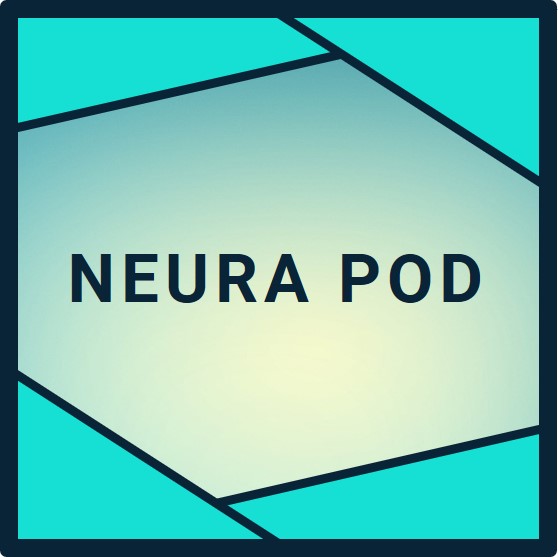• Neuralink works by implanting 64 flexible threads with 1,024 electrodes into the brain to record neuron activity as electrical spikes.
• Neuralink decodes these spikes using onboard machine learning to convert thoughts into precise digital commands like cursor control or robotic movements.
• Neuralink transmits decoded signals wirelessly via Bluetooth for immediate, seamless operation from a smartphone app without external wires.
What is Neuralink?
Neuralink is a brain-computer interface company founded by Elon Musk in 2016. The technology enables users to control digital devices and physical systems using only their thoughts by recording and interpreting brain signals. It targets individuals with paralysis from conditions such as ALS, spinal cord injuries, and motor neuron disease, helping restore independence.
Current clinical trials include PRIME for computer control and CONVOY for robotic arm operation. These studies, conducted under FDA oversight, have enrolled over 13 participants across the US, UK, and other locations as of October 2025. Elon Musk's focus on scalable solutions supports ongoing expansions.
The N1 Implant: Recording Neural Activity
The N1 implant is a small, hermetically sealed device measuring 23mm by 8mm, similar in size to a quarter. It contains 64 flexible polyimide threads, each with 16 electrodes, for a total of 1,024 recording sites. These threads, thinner than a human hair at 4-6 microns, insert into the cerebral cortex to detect electrical spikes from neurons.
Custom ASIC chips process signals at up to 20 kHz per channel, compressing data for efficiency while using low power at 7.5 mW. An inductive charger, worn behind the ear, provides wireless power. Data transmits via Bluetooth Low Energy to iOS or Android apps at over 100 Mbps. This setup ensures reliable, long-term operation without visible components.
R1 Surgical Robot: The Implantation Procedure
The R1 robot performs the implantation in approximately 30 minutes with micron-level accuracy. It uses pre-operative MRI and CT scans to map the brain surface and avoid blood vessels. Optical cameras guide the process.
Key steps include:
- Creating small openings in the skull.
- Threading electrodes into targeted areas, such as the motor cortex.
- Securing the N1 flush against the skull.
No scalp shaving is required, and patients typically show neural activity immediately upon waking. Across all procedures to date, no serious adverse events have been reported, confirming the process's safety.
Decoding Brain Signals into Actions
Neuralink decodes neuron spikes—voltage changes signaling intent—into usable commands. Onboard machine learning models, including recurrent neural networks, analyze patterns after user-specific calibration, achieving over 90% accuracy.
The workflow is:
- Electrodes capture spikes in real time.
- Processors filter noise and predict actions, such as cursor movement from imagined hand gestures.
- Commands execute via the app; stimulation provides feedback to the brain.
Users reach control speeds of 8 or more bits per second. The system adapts over time, improving performance for tasks like typing or robotics control.
Results from Ongoing Human Trials
Trials show consistent performance. On October 28, 2025, Neuralink highlighted Alex Conley, who used the implant to control a robotic arm—the first such demonstration in the CONVOY study.
Other examples:
- Paul (UK): Received implant at UCLH; controlled a computer hours post-surgery and now plays games like Dawn of War.
- Nick (ALS): Operates a robotic arm to feed himself independently.
- Noland Arbaugh (first patient): Continues full-time use after 21 months.
These outcomes validate Neuralink's reliability across diverse conditions.
Upcoming Developments and Scalability
Neuralink plans speech decoding trials starting October 2025, following FDA Breakthrough Device Designation. Blindsight for vision restoration targets 2026. Future versions may include more channels for advanced functions like exoskeleton control.
With $650 million in recent funding, the company is expanding globally. Elon Musk's strategy emphasizes safe, iterative improvements to reach more patients.
TL;DR
Neuralink operates as a brain-computer interface that implants the N1 device into the brain's cortex to record neural activity from 1,024 electrodes across 64 flexible threads. The R1 robot completes the 30-minute insertion procedure with high precision, allowing immediate use, as shown by UK patient Paul who controlled a computer with thoughts hours after surgery. Machine learning decodes these signals into commands for computers or robotic arms, transmitted wirelessly via Bluetooth to a mobile app. As of October 28, 2025, over 13 patients—including Alex, the first to control a robotic arm, and ALS patient Nick who feeds himself independently—demonstrate practical applications in the PRIME and CONVOY studies. Elon Musk's direction positions Neuralink to expand into speech restoration and beyond.

